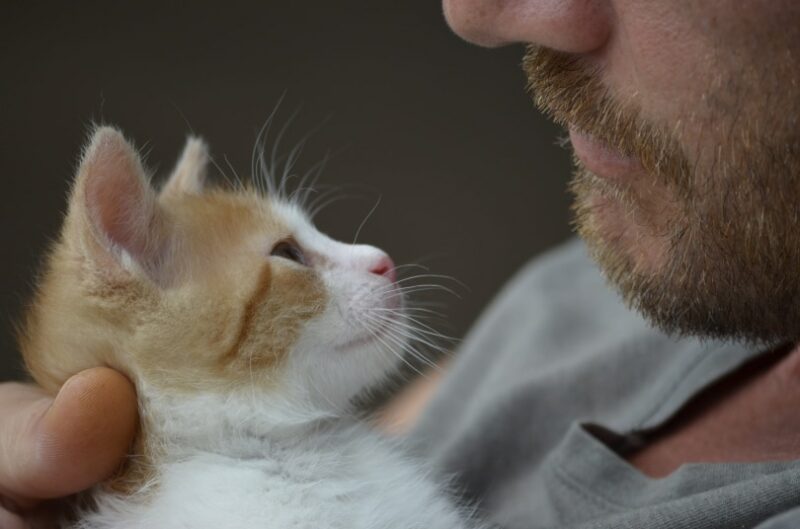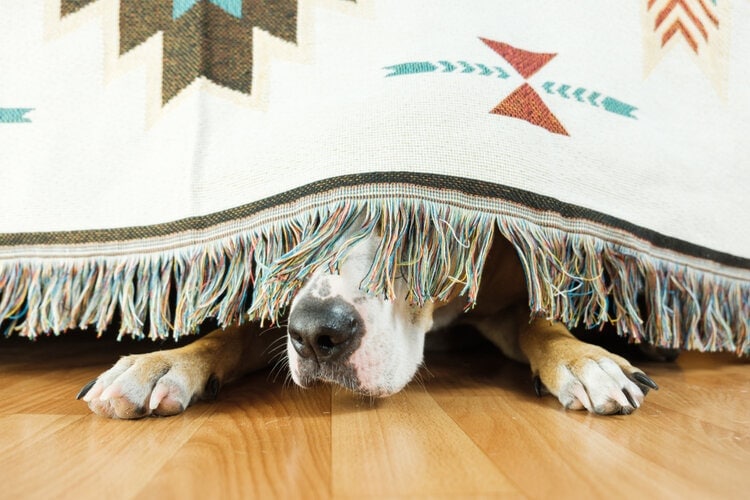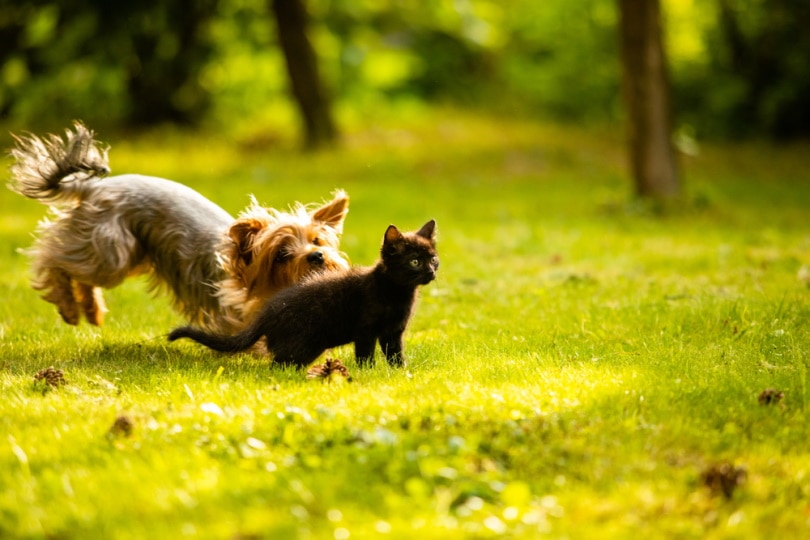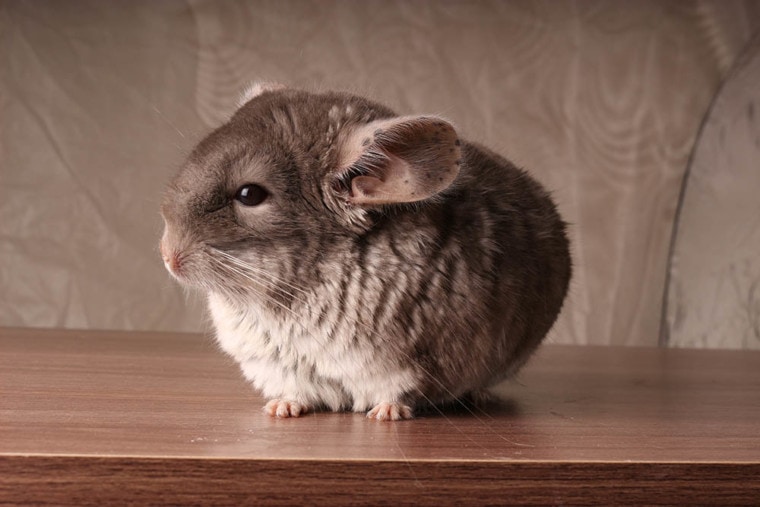
Chinchillas are nocturnal creatures and more active at night, preferring to sleep during the day. They don’t hibernate.
The chinchilla is a rodent closely related to the guinea pig and can make a fascinating pet. They originate from South America, where they live in the Andes Mountains.
Besides their popularity as a pet, they are also commercially raised for soft, luxurious wools. Their life expectancy is about ten years. Chinchillas weigh between 400 to 600 grams, with the female being relatively bigger than males.
 Selecting a Healthy Chinchilla
Selecting a Healthy Chinchilla
You can purchase chinchillas at various pet shops or through breeders. When choosing a pet chinchilla, it is vital to determine whether the creature is healthy and used to being handled.
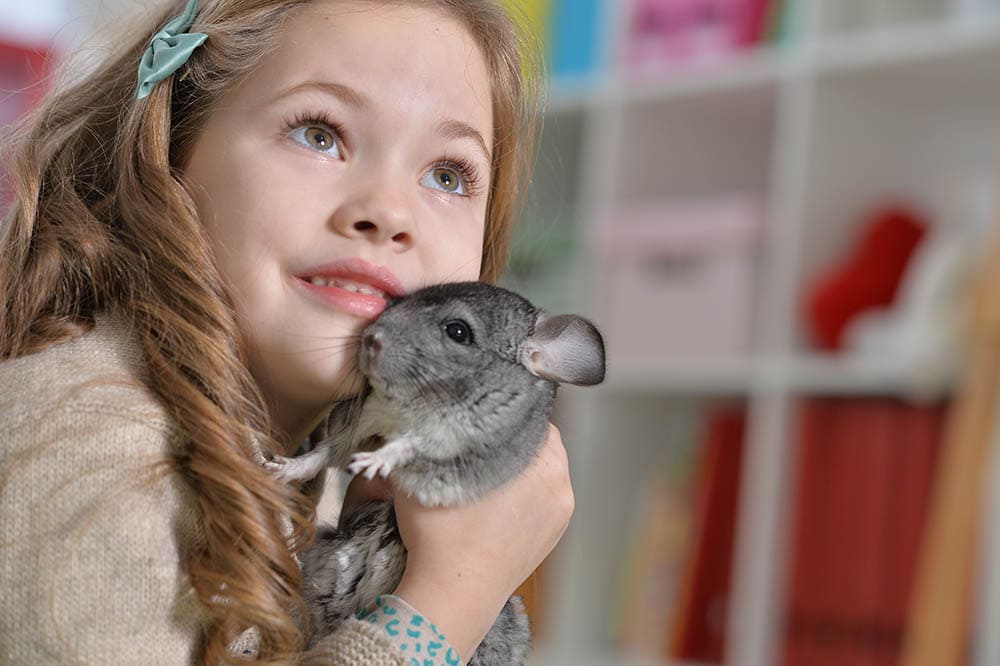
The First Vet Visit
A health assurance should accompany your chinchilla that needs a checkup by a vet within a couple of days (often 48 hours) after purchase. Every pet, including chinchillas, requires routine examinations. Find a vet knowledgeable about chinchillas.
The first visit will involve determining the pet’s weight and a complete physical examination checking for any abnormalities. Your vet should examine your pet for signs of malnutrition and dehydration. Your vet will do a fecal test to check for internal parasites.
Your vet might suggest blood tests as part of a rigorous examination. In addition, they may determine the sex of your chinchilla. Like other furry friends, your chinchillas need to be examined at least once a year and should have their droppings tested for internal parasites during the yearly visit.
Vaccinations
Pet chinchillas don’t require vaccinations.
The 4 Tips for Taking Care of Your Chinchilla
Although the chinchilla you purchase in a pet store or from breeders has never experienced the wild, its life in the wild will offer you some idea of how to take care of your pet.
1. Housing
Creating the appropriate surroundings to keep your furry friend comfortable, happy, and safe is crucial to caring for your chinchilla.
Chinchillas are energetic and acrobatic, requiring larger housing than a guinea pig. Huge multilevel areas that provide jumping and climbing opportunities are perfect for your chinchilla. Ensure you provide a space for hiding, just in case your chinchilla feels timid.
Chinchillas originate from a natural high-altitude environment that is cool and dry. For this reason, you must prevent your chinchillas’ room from getting excessively humid or hot during a warmer climate.
Make sure the habitat area is not too hot. Chinchillas are very susceptible to heat, and temperatures over 80 Fahrenheit may lead to heatstroke, which can be dangerous.
Chinchillas release excess heat through their ears, so if your chin is becoming too hot, you can observe the skin in their ears getting red, with visible red veins. Keep your chinchilla cool and ensure they continually have access to fresh, clean, chemical-free water.
Be sure to clean and disinfect their habitats at least once a week. Wash the habitant and dry it thoroughly before putting your pet back inside. In addition, you need to change your chinchilla’s bedding at least once a week and get rid of moist spots from the habitat every day.
You may allow your chinchilla out of its habitat as frequently as possible, provided you supervise your pet closely. Regular handling of chinchillas may help develop a strong bond with your pet.
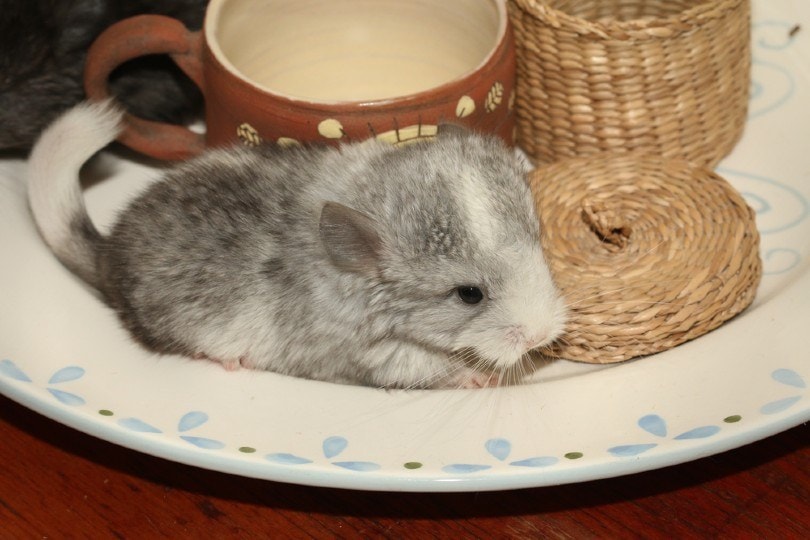
2. Feeding
Another essential part of caring for your chinchillas is providing them with a well-balanced diet. Since chinchillas are small creatures, pet owners have to keep them at the right weight to avoid related health issues. Feeding your pet a diet rich in fiber is recommended, making hay a vital supplement to the chinchilla diet.
In addition, commercial pellets are available for chinchillas to give extra nutrients and vitamins.
However, avoid feeding your chinchilla many pellets since it can cause intestinal problems. Providing your chin with about 2 to 3 tablespoons of pellets per day is recommended.
Foodstuffs such as grains, carrots, and apples are regarded as threats and should be limited to prevent stomach upset. To help keep your chinchilla at a proper weight, ensure hay is the primary part of the diet (preferably 70% to 75%), limit pellets to 10%, fresh vegetables to 10%, and other treats.
3. Baths and Grooming
Chinchillas are relatively low maintenance when it comes to grooming. They require access to a dust bath a few days a week, and you don’t need to groom your chinchillas physically.
You can purchase a dust bath from a pet store or shop. Provide a big enough bathtub for your chinchilla to roll in and is 2 to 3 centimeters deep. To avoid skin and eye issues, make sure your chinchilla does not use the dust bath excessively.
Due to their dense fur, regular water bathing is not recommended for chinchillas since it takes relatively long for the coat to dry, and this can cause fungal and bacteria issues.
Though chinchillas don’t require regular brushing, you may gently use a bristle brush to comb your chinchilla’s fur during regular handling sessions.
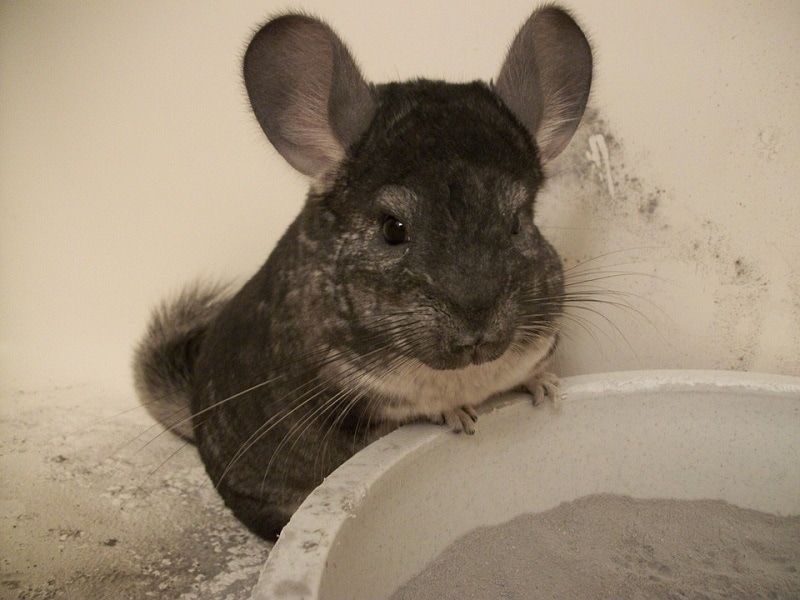
4. Dental Care
As with all rodents, a chinchilla’s teeth are constantly growing throughout its life, and malocclusion may occur at any time. Examine your chinchilla’s teeth regularly for developing issues.
The best thing to do for your chinchillas’ teeth is to feed a proper diet and find a knowledgeable vet. It is recommended to have a teeth examination at least once a year, but every six months in an aged chinchilla can be ideal. You can provide your chinchilla with store-purchased mineral chew or chew sticks to help file down their teeth.
Have a close look at your chinchilla eating habits and behaviors. If your chinchilla is dropping food, drooling excessively, or not eating well, it is time to visit your vet. In addition, smaller than usual droppings may indicate a dental or dietary problem that requires veterinary attention.
 Summary
Summary
Chinchillas are charming creatures on several scores. The fact that they are very in touch with wild nature makes them even more special.
Although they are not as cuddly as cats or pups, you will find that bringing one into your household is a rewarding experience. Chinchillas only require patience and a gentle approach towards acquiring their trust. With proper care, you will have your pet chinchilla for many years to come.
Featured Image Credit: Natalis.ph, Shutterstock

 Selecting a Healthy Chinchilla
Selecting a Healthy Chinchilla
